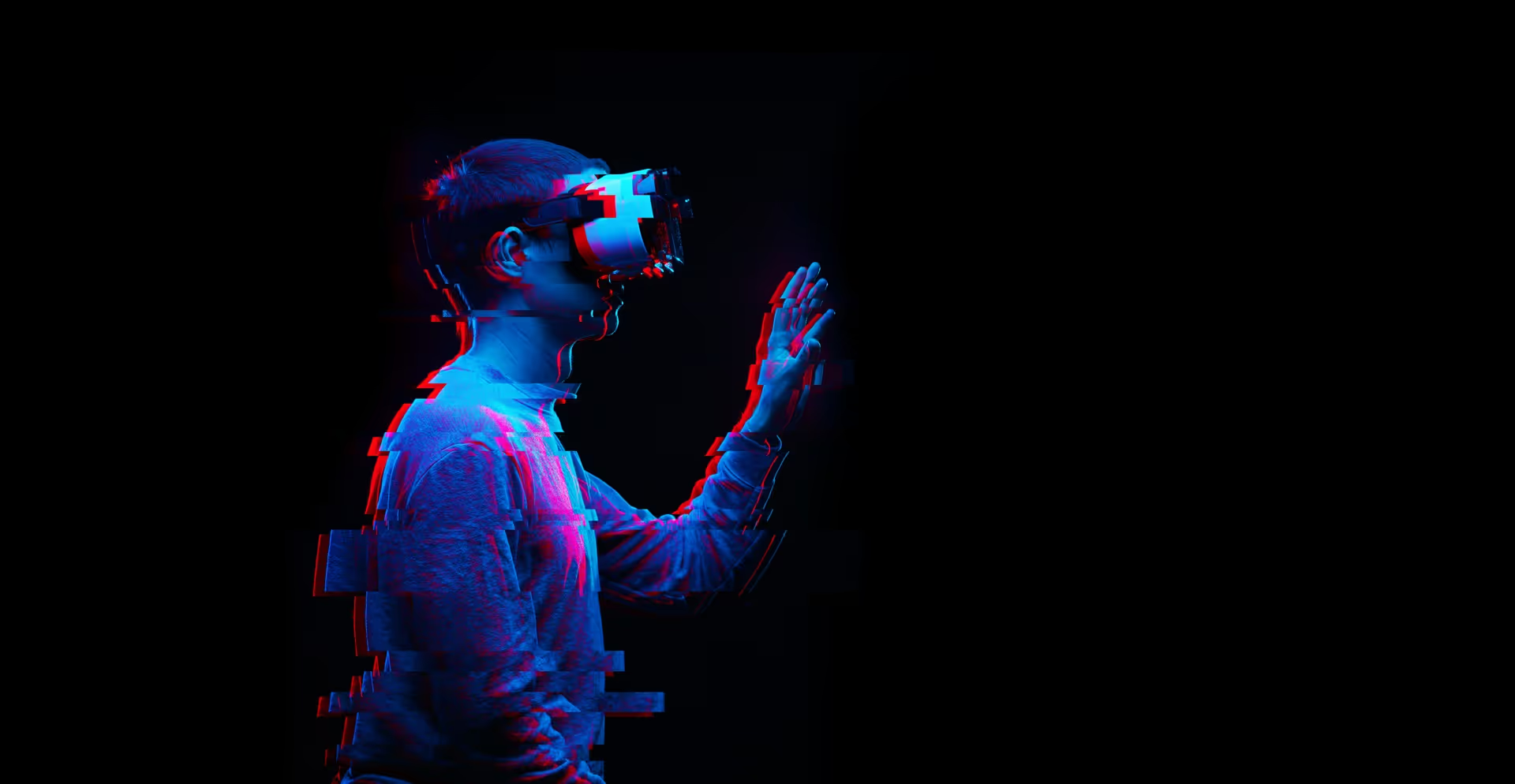Patenting AI-based inventions can be challenging in many jurisdictions. In recent years the UK Intellectual Property Office (IPO) has gained a reputation for being less friendly to AI-based inventions.
Up until now, it has been difficult to judge whether the IPO will even search an AI-based invention, which has driven many innovative AI companies away from filing for patent protection in the UK. The IPO has released new guidelines, which we summarise below, to give applicants more certainty on how to structure their patent applications for the best prospects of a successful outcome.
ANNs and computer programs
AI inventions often face unique challenges, particularly concerning exclusions to patentability. For instance, mathematical methods, mental acts, and programs for computers "as such" are not patentable. However, an invention is not excluded if it makes a “technical contribution” beyond these exclusions. Therefore, AI inventions must be carefully framed to highlight what the patent office considers to be such technical contributions.
The new guidelines clarify that the exclusion for “programs for computers” does not merely cover conventional digital computer programs, but any set of instructions that cause a computer (or other machine for processing information) to act a particular way.
Following on from this and in view of the Court of Appeal’s recent decision in Emotional Perception ([2024] EWCA Civ 825), the new guidelines explain that Artificial Neural Networks (ANNs) should not be considered a “program for a computer”, but rather as kind of computer itself. An ANN can be configured to process information, and the “program” for an ANN is the weights and biases which cause the ANN to act in a particular way.
In Emotional Perception, the Court of Appeal emphasised that ANN implemented inventions are not unpatentable. Like other computer-implemented inventions, the question is whether the invention makes a technical contribution. According to the Guidelines:
“The Emotional Perception judgment simply means ANN inventions are in no better and no worse position than other computer implemented inventions”
(Non-)technical processes
One way that an AI invention can make a technical contribution is as part of a technical process carried on outside the computer. An example of this would be using an ANN to perform image recognition, as part of a security system.
However, care must be taken that the process being solved is technical. The new guidelines explain that this is why Emotional Perception’s application failed. In that case, an ANN was used to process music data from a user and generate a recommendation of similar songs. The Court of Appeal decided that the technical contribution of Emotional Perception’s “computer program” (i.e. the weights of its ANN) was providing a better music recommendation. However, “better” in the context of a music recommendation is subjective, and a matter of personal aesthetic preference. As a result, the contribution was held to be non-technical.
By contrast, consider a fictional scenario where a particular type of white noise is proven, with supporting data, to reduce the time it takes for a person to sleep but that the particular frequency of white noise is different for each person. If the ANN was configured to, based on several sensor inputs, accurately select the correct white noise to reduce the time-to-sleep for users, then this measurable and objective improvement may well be patentable. In contrast to the Emotional Perception choice of music, reducing time-to-sleep is not based on opinion, but it is based on a measurable parameter.
"Core AI" inventions
The new guidelines include a section on so called “Core AI” inventions, which are advancements in the underlying AI models themselves. Core AI inventions should be assessed like any other computer-implemented invention. However, because an AI model by itself is inherently mathematical and abstract, such advancements are at risk of being considered “mathematical methods” or “programs for computers” and therefore excluded.
When developing “core AI” inventions, we recommend inventors consider why they are developing them. If an improved AI can be used to solve a practical problem, this may point to a concrete technical contribution and a patentable invention. For example, if the core AI development allows for a reduction in the time taken for particular processes to be completed or for an increase in the security of data that it processes, then these may be technical contributions that the IPO may look favourably on.
Sufficient disclosure
A critical aspect of the IPO's examination process is the requirement for sufficient disclosure. That is, AI patent applications must provide enough detail to enable a person skilled in the art to carry out the invention. This may require a clear description of the AI model, its training data, and/or the specific problem it addresses. However, this depends on whether the specific training method/data for the AI model is an essential part of the inventive concept. In many cases, it is our experience that training data is not necessary for the patentability of an AI invention but sometimes the structure of that data may be an important part of the invention.
Another requirement that is often wrapped into sufficiency of disclosure is whether the benefit that is being described in the patent application is plausible based on the contents of the patent application. This particular requirement does not come up often for mechanical and software-based businesses, as it is often very obvious that, for example, if you have two objects connected by a hinge, the objects will be moveable relative to each other. However, as the solutions identified using AI are often counter-intuitive or otherwise surprising to a human before the results can be analysed in great detail. Because of this, there are some AI innovations where data can help to support a technical advantage provided by an invention and that data may improve the prospects of grant.
The IPO's guidelines stress the importance of transparency in AI inventions to ensure they are reproducible and verifiable.
Practical scenarios
To aid applicants, the IPO provides practical scenarios that illustrate how the guidelines are applied to various AI-related inventions. These scenarios cover a range of AI technologies, from machine learning algorithms to AI-driven medical diagnostics. By analysing these examples, applicants can better understand how to structure their patent applications to meet the IPO's requirements.
Conclusions
The IPO’s new guidelines are a welcome clarification. The guidelines suggest that the key to patenting an invention is whether it produces a technical effect, rather than whether or not AI is used. This approach brings the UK closer to the European Patent Office’s approach, and could lead to easier prosecution for patents involving AI.
Tips for drafting AI-patent claims
1. Emphasise practical applications:
Clearly articulate the technical problem your AI invention addresses and the specific technical solution it provides. This helps to demonstrate the technical contribution and avoid unpatentable exclusions.
2. Identify your invention
As the new guidelines explain, inventions may involve AI in different ways, from “Core AI” advancements, new machine learning methods, or use of an AI model in a new application. The type of invention determines what kind of information ought to be included in a patent.
3. Include multiple claim types:
Draft a variety of claims, including method claims, system claims, and computer-readable medium claims. This provides comprehensive protection for different aspects of the AI invention.
4. Include data if beneficial
If it is not clear why your invention would lead to a huge improvement over what has come before, consider whether including data would support your assertions.
Potter Clarkson has a team of experts in the field of protecting AI and software innovations across the UK and Europe. Please get in touch if you would like to know more about how to protect your digital innovations.

























%203.jpg)

%20provider.jpg)
.jpg)
%20(1).jpg)